What's New with env0
Catch up on latest product updates.
.avif)
Blog
video
Video
Now Available: Ready-to-Use Policies – Guardrails You Can Activate Instantly
env zero introduces ready-to-use infrastructure policies: prebuilt guardrails for secure, compliant, and cost-efficient environments. Instead of writing policies from scratch, you can instantly enforce standards like blocking public S3 buckets, limiting costly EC2 instances, and tightening IAM permissions—all directly within env zero.
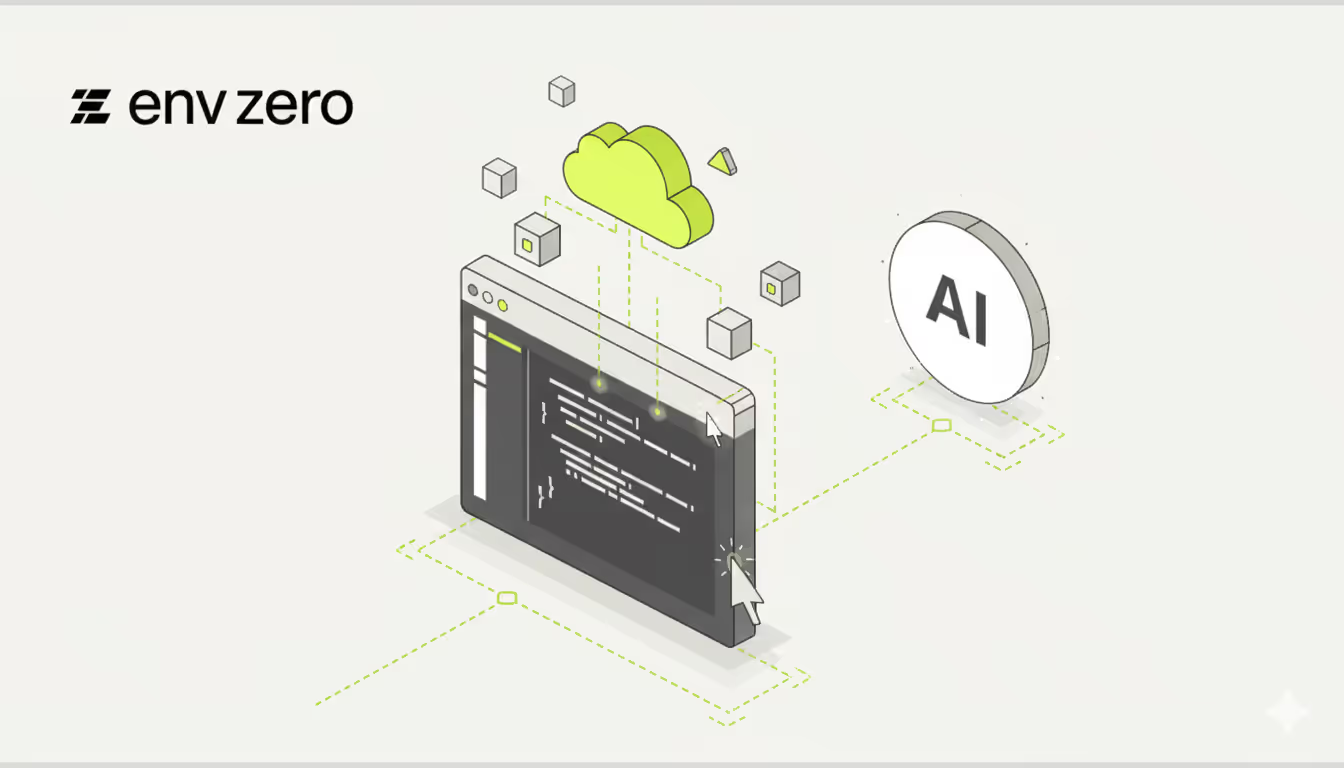
Blog
video
With the env zero MCP Server, you can now inspect, debug, and codify infrastructure directly from your IDE while staying within guardrails.
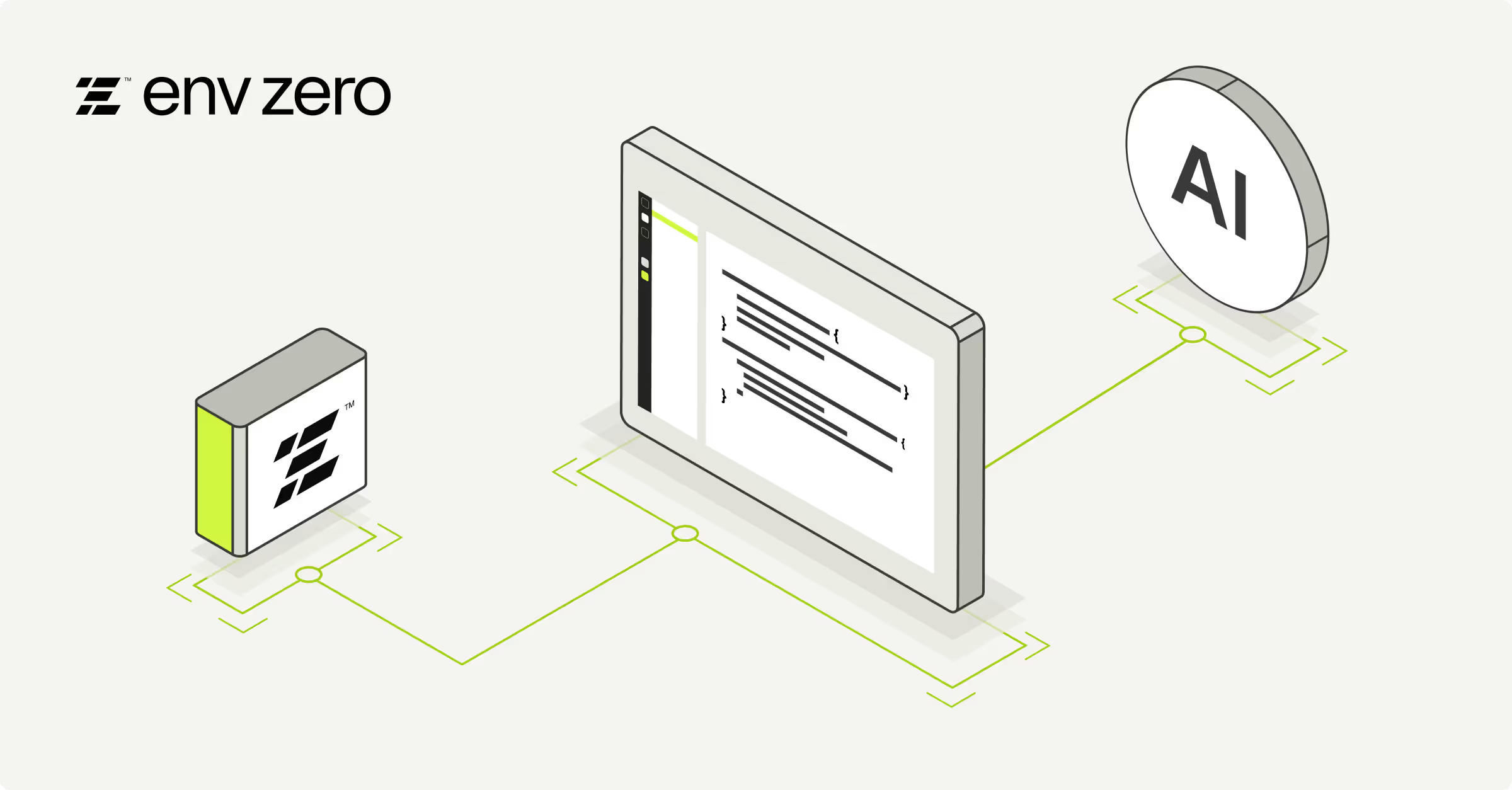
Blog
video
Expanding AI in env0: PR and Error Summaries
env0 adds AI-powered summaries for PRs and errors, making it faster to review changes and troubleshoot failures in IaC workflows.
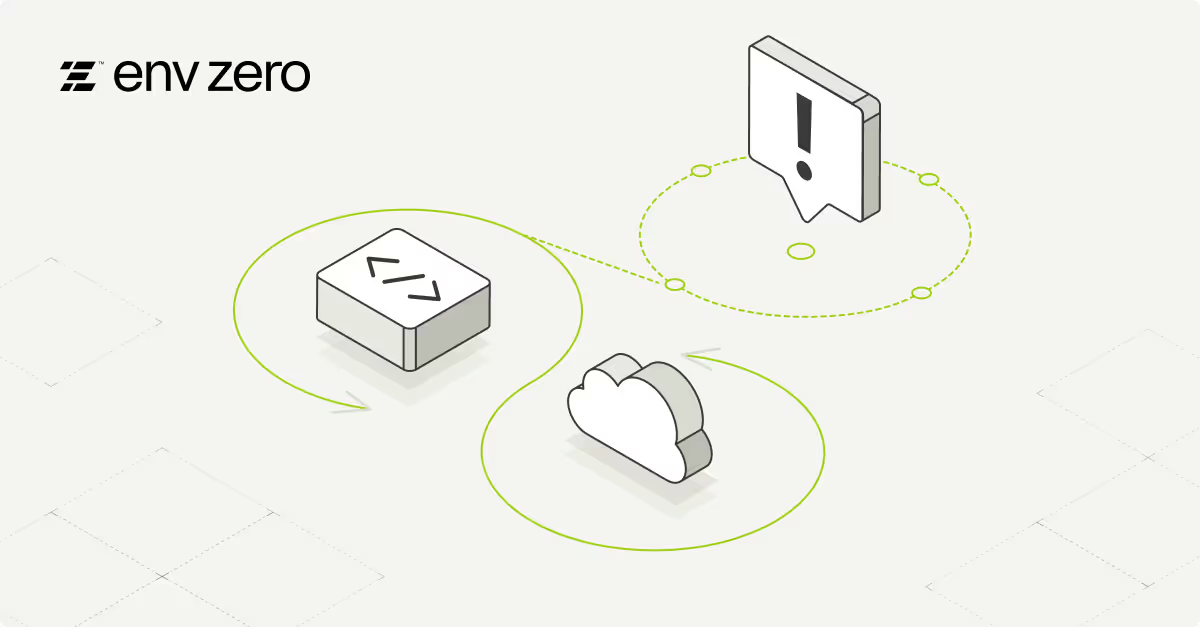
Blog
video
Expanding Drift Remediation: Keep Your Code Aligned with Cloud Changes
env0 now enables updating your code to reflect changes made directly in your infrastructure.

Blog
video
Drift Cause Analysis: Context That Drives Confident Action
Introducing Drift Cause Analysis from env0—an AI-powered feature that explains why drift happened, so you can resolve it faster and with confidence.
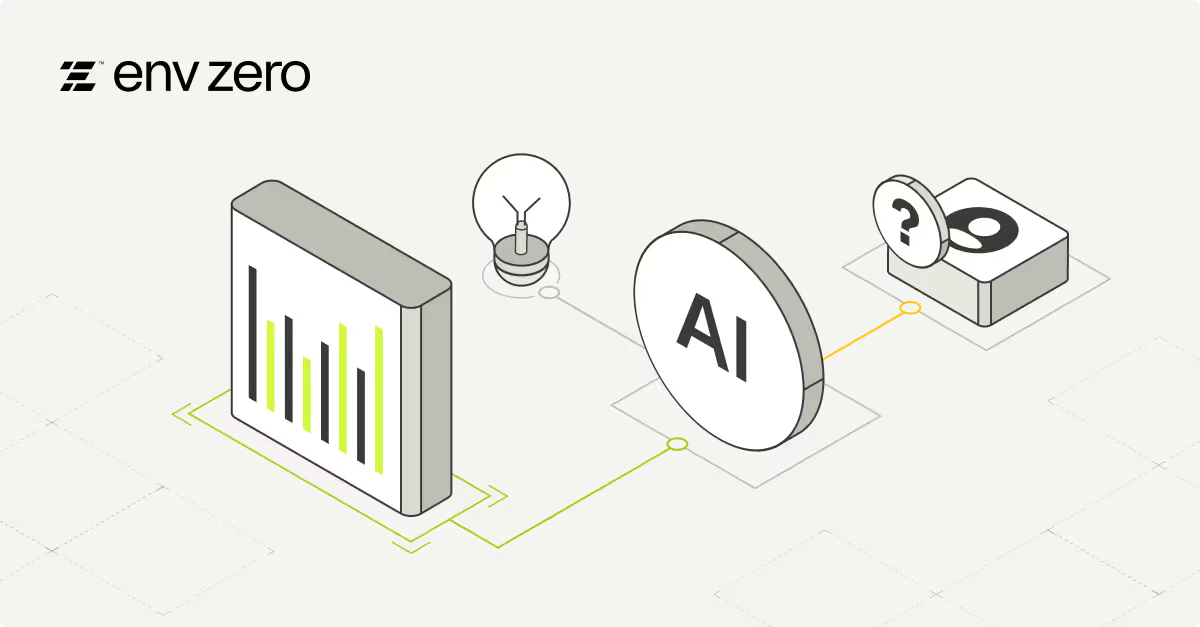
Blog
video
Introducing env0 Cloud Analyst – AI-Powered Infrastructure Intelligence
Cloud Analyst is a new AI-powered tool from env0 that gives teams instant access to infrastructure insights. Ask questions, analyze trends, and build dashboards—no manual reporting needed.

Blog
video
New: Detect Drift Within Minutes—Even Before Full Onboarding
Today, we’re excited to introduce a new capability that delivers instant value, allowing you to detect and analyze drift within minutes, even before fully onboarding to env0.

Blog
video
2024 Product Release Highlights
2024 has been a transformative year, filled with impactful product announcements and new features. Here’s a quick look at some of 2024’s key product releases!

Blog
video
New Backstage Plugin: Improved Productivity and IaC Governance
Introducing self-service cloud provisioning with Backstage and env0! Boost productivity with Backstage and maintain governance with env0.

Blog
video
Drift Cause: Closing the Loop on Infrastructure Drift Management
Tackling a major challenge in cloud management, our new feature revolutionizes drift analysis, providing valuable context about drifts, tracking them to their source, and revealing the who, when, and how behind each change.

Blog
video
Streamlining env0 Onboarding with Environment Discovery
The latest upgrade to our Environment Discovery feature improves how you onboard your existing environments to env0, making the process quicker and smoother than ever before!

Blog
video
Meet Cloud Compass: AI-assisted IaC Coverage Audit and Risk Mitigation
Cloud Compass enhances your cloud resource management. Using AI-assisted logic, it auto-analyzes IaC coverage blind spots and trends over time, helping you quickly close any gaps.

Blog
video
New Variable Sets: Boost Efficiency, Reduce Clutter
Variable sets can be linked to an entire Organization or to specific Projects, Templates, Workflows, or Environments, which serves to reduce clutter and ensures maximal flexibility.
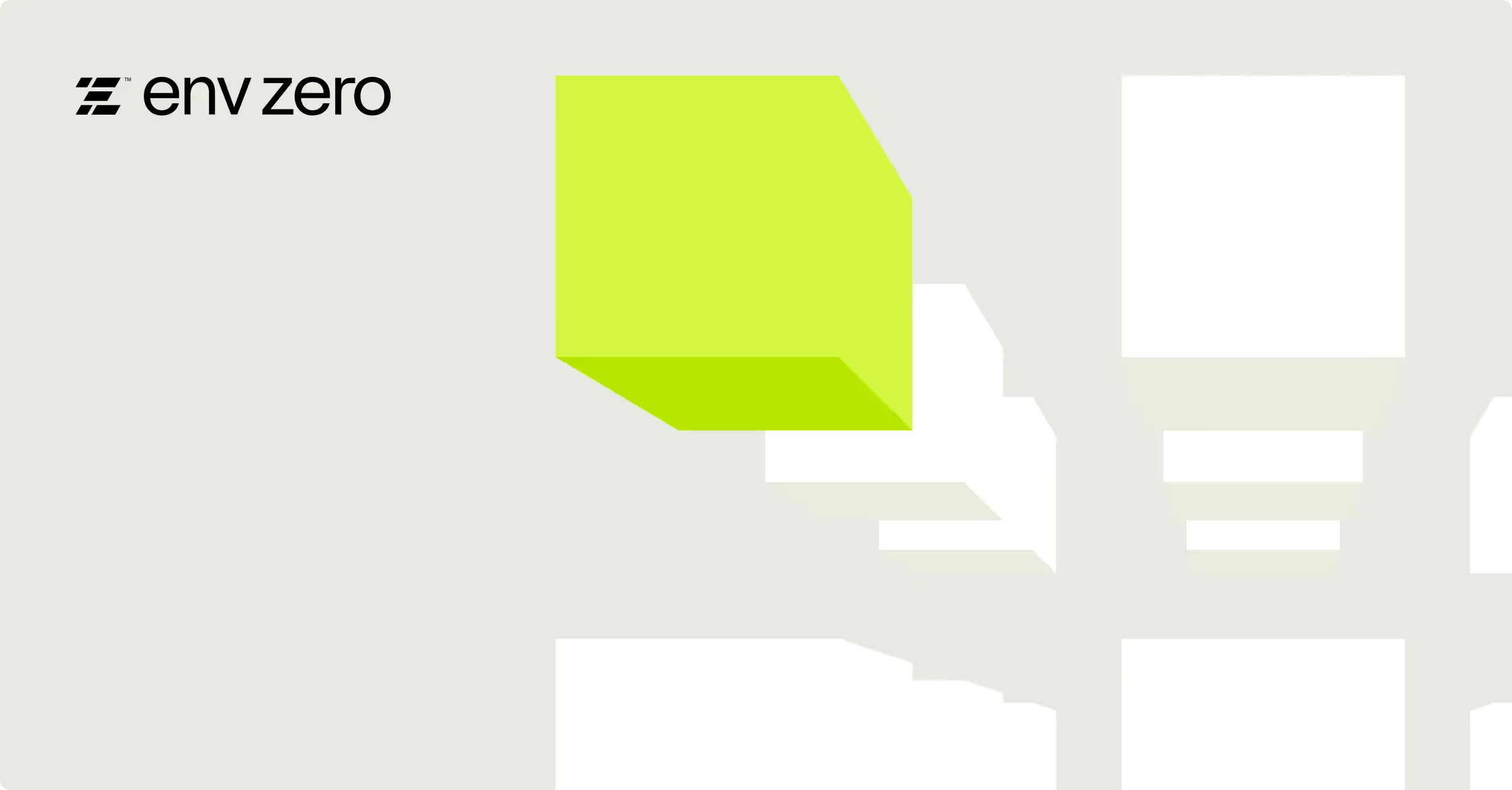
Blog
video
Environment Output Variables: Easy and Secure Output Piping
Our latest feature enhances env0 Workflows, simplifying sharing outputs of one environment with another in the same project or workflow, and storing them securely on the env0 platform.

Blog
video
Take Control of IaC Costs With env0 (Free Whitepaper Inside)
Discover how env0 helps you effectively manage and optimize Infrastructure as Code costs, ensuring efficient cloud spending at scale.

Blog
video
Use Our New Navigation to Simplify IaC Project Management
We are thrilled to announce an upgrade to the navigation experience on the env0 platform, designed to make project management smoother and more intuitive.

Blog
video
Environment Discovery: Automatic Environment Creation from Your Git Workflow
With Environment Discovery, you can maintain your directory-based structure in your VCS. This enables you to use your existing approval workflows, take advantage of CodeOwners, ensure auditability, and stay aligned with Infrastructure as Code (IaC) best practices!

Blog
video
Announcing Self-Hosted Remote State and Remote Apply
We introduce two new improvements to our ‘Remote Backend’ - ‘Self-Hosted Remote State’ and ‘Remote Apply’, both addressing common requests from our customers.

Blog
video
Boosting Reliability With Our New Multi-Region Architecture
Today we are happy to announce the rollout of our new multi-region architecture, designed to elevate the reliability of our platform, enabling it to achieve an RTO goal of 30 minutes!

Blog
video
Celebrating OpenTofu GA With Our New CI Testing Feature!
OpenTofu is now generally available as a stable, tested, production-ready Terraform alternative! To support the release we are rolling CI Testing, leveraging the new 'tofu test' capability!
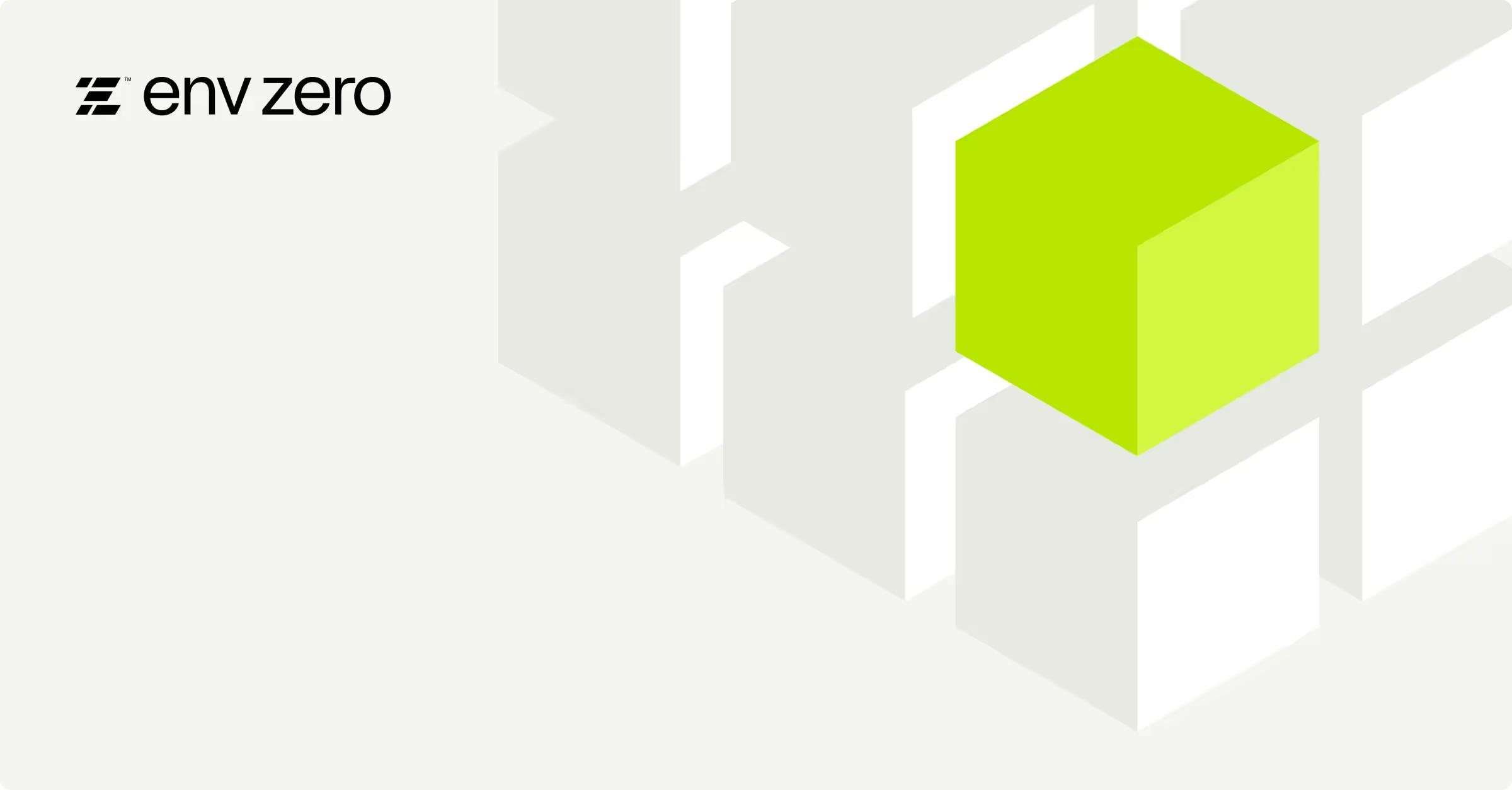
Blog
video
OpenTofu Release Candidate Drops, env0 Wraps It Up With Terragrunt Support
OpenTofu release candidate is out and we also rolled out env0 support for Terragrunt in OpenTofu deployments! GA is scheduled for Jan 10th.

Blog
video
Tutorial: Achieving Auto Remediation with env0
Learn how to combine our trio of capabilities — drift detection, scheduling, and approval policies — to automatically ensure consistent and compliant infrastructure.

Blog
video
FinOps Meets IaC: Granular Cloud Cost Optimization with env0
Our new FinOps features help teams manage budgets on a project level and prevent overruns before they occur.

Blog
video
OpenTofu Alpha Launches: Try It Out in Just 3 Clicks
We are excited to announce the launch of OpenTofu alpha version and our new integration feature, which you can use for testing.

Blog
video
Tutorial: env0's Extension for Visual Studio Code
Developed out of one of our hackathons, this extension makes it easy to work with your env0 environments, making your development process faster and simpler.

Blog
video
OPA Tutorial: Leveraging env0 for Advanced Cloud Policy Management
Learn how you can use env0 to put "OP" in OPA.

Blog
video
Announcing OpenTF Fork of Terraform
We’re proud to announce an open-source fork of Terraform called OpenTF. We also completed all documents to become part of the Linux Foundation. Details about the next steps and FAQs are inside.

Blog
video
Chris' Corner - June 2023
env0's new features this month are simple, yet effective. In this post, we dive into our highlighted feature for June—Running Bulk Operations.
.avif)












